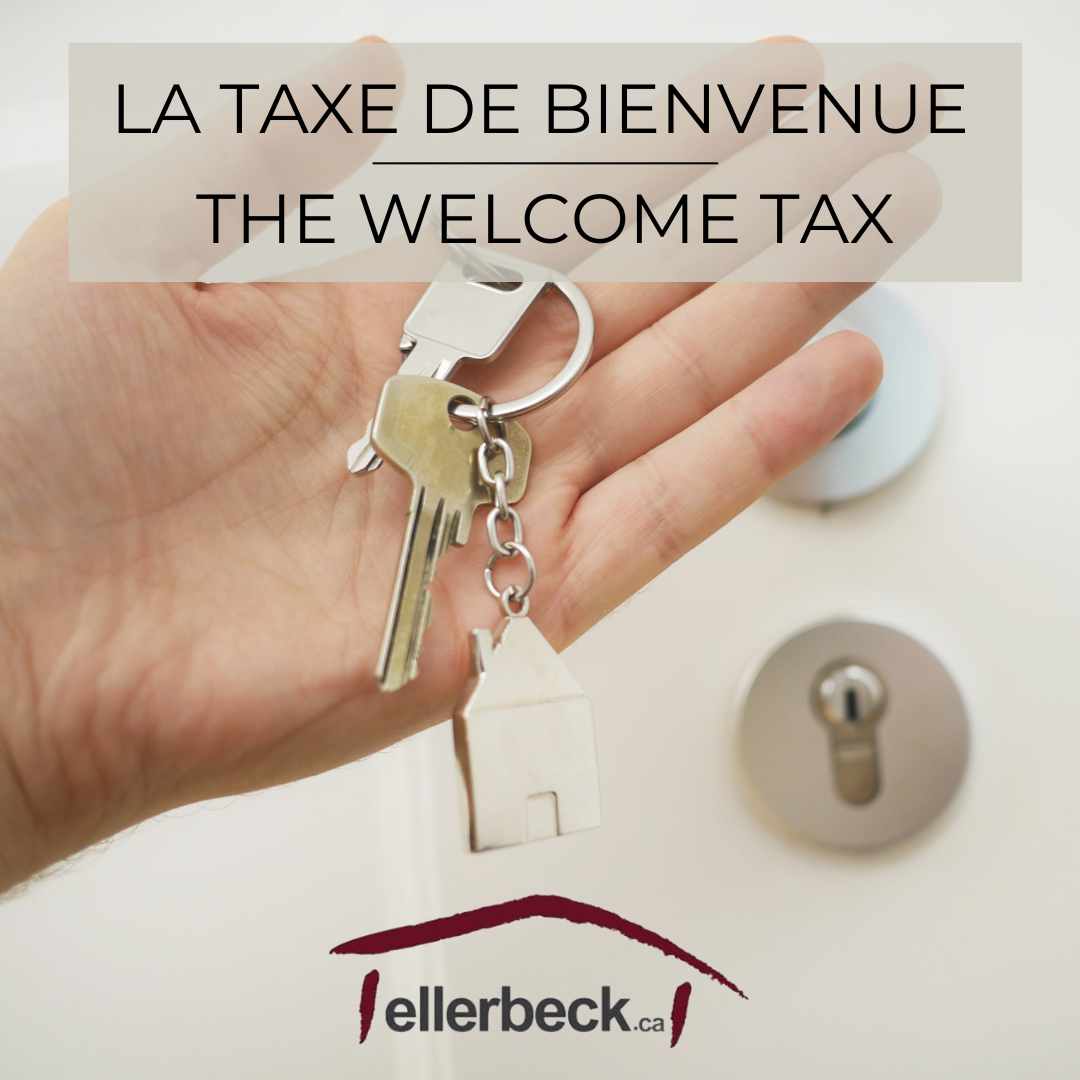Certificate of Location; What is it Really?

A Certificate of Location is a document, prepared by a land surveyor(arpenteur), consisting of a plan(map) and report on the current situation and state of immovable (the piece of land and all things attached to it, house, shed, servitudes) with respect to titles, lot regulations, zoning regulations and municipal bylaws.
In the standard Quebec Brokerage contracts and Promise to Purchase forms (offer) the seller undertakes to provide the broker/buyer with a certificate of location describing the property in its current state. This means that since the certificate was made, no physical change, no zoning change, no cadastral change (Quebec’s cadastral reform started in 1994) were made. No fences/pools/windows have been added or removed, no extensions to the buildings, no buildings removed or made smaller and no landslide bylaws and no flood area changed.
The Certificate is required by the notary and the bank during the sale of the property. The notary needs it to preform a title search. It will show the notary if there are any discrepancies between the measurements, encroachments or illegal views on a neighboring property. The Board of Notaries and the OACIQ (Real Estate Association) requires that the certificate must be made within the last 10 years. Due to the frequently changing municipal by-laws and the law in the Civil Code referring to ten-year prescription that allows acquiring a right of ownership.
A listing real estate broker has a duty to check the certificate of location and tell the seller to order a new one if necessary. Using a local broker to your area is important as they will be aware of bylaw changes in your neighborhood that you may not be. An arpenteur/surveyor can take from 3-6 weeks to deliver a new certificate, depending on the time of year! There is a law that I have only seen enforce once recently, that says a notary should receive the certificate of location at least 20 days prior to the signing of the dead of sale. So again, I cannot stress this enough, as a seller you should order you new certificate before you list your home!
If a new certificate is required, it will be at the seller’s expense. Locally it cost between $750 to $1200 plus tax for a new certificate on a single-family non-waterfront home. Waterfront homes are more expensive due to the mapping of the 20 year and 100-year flood lines (the highest water level in the last 20-100 years). Houses close to ridges, ravines and wetlands can also be more expensive as the arpenteur needs to map the height of the slope, map the landslide risk zones or the proximity of the wet area.
In the past when selling an empty lot, a surveyor would do a plot survey (with or without installing markers) instead of a certificate of location, as there are no buildings to locate on the land. A survey on large plots of land can be expensive, I recently had a quote of $5000 for 100 arpents. Luckily for sellers, empty lots are not required to have a survey to be sold unless mutually agreed upon in the offer. However, surveyors are now offering to do certificates of locations on the first part of the lot closest to the road. They will ‘locate’ any servitudes, neighbor encroachments and if there is a stream on the property the surveyor will locate the protect zone around the stream (see example of stream protected zone in diagram above). As the surveyor is only surveying a small portion of the lot, the cost of the certificate is approximately the same as a single-family home.
As a seller it is imperative you understand the importance of having your up to date certificate of location ready before you get an accepted offer on your property. If you receive an offer with a 30 day closing at the notary signing and your certificate is not valid, you may have to delay the signing or you could incur extra costs to put a rush on the certificate or pay title insurance to protect yourself and the buyer. If the certificate unveils a surprise of an encroachment, the signing may have to be delayed in order to clear the title. Your buyers may not want to or cannot wait for you and render the offer null and void or charge you for cost incurred for the delay in the signing.
Don’t let a out of date certificate make a smooth transaction turn into a nightmare!
**The foregoing provides only an overview and does not constitute legal advice. Readers are cautioned against making any decisions based on this material alone. Rather, specific legal advice should be obtained.**






